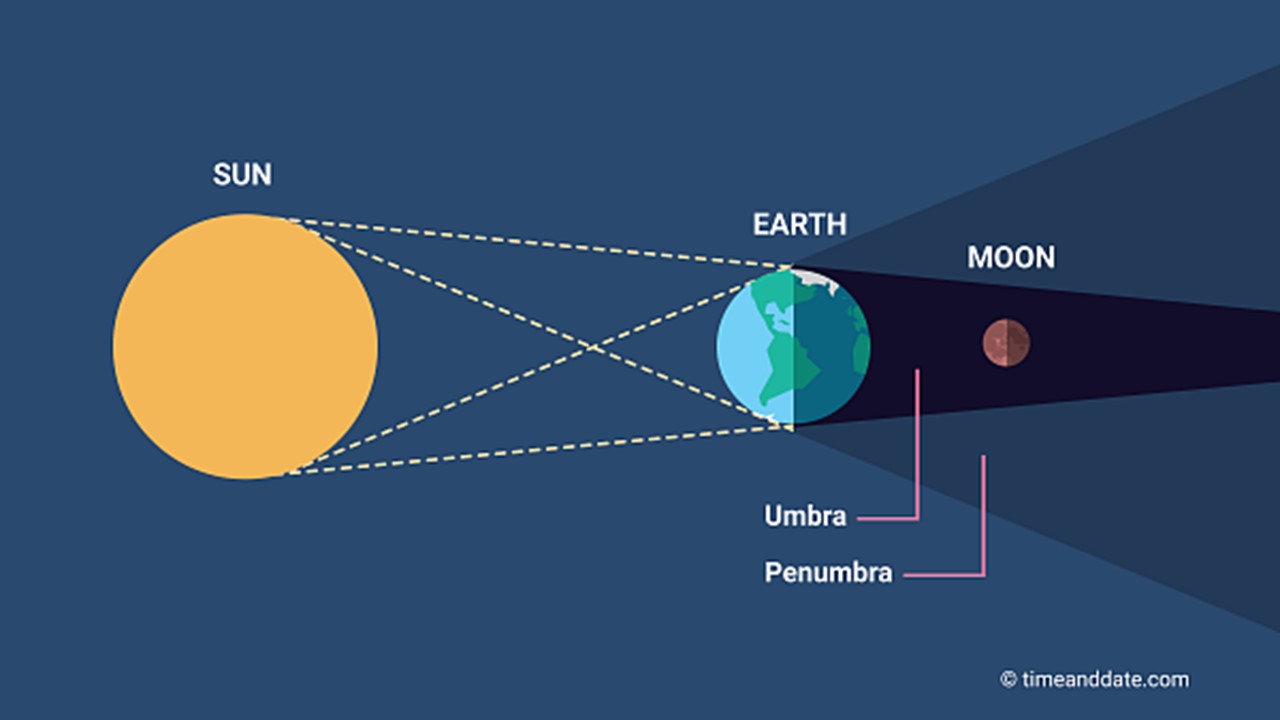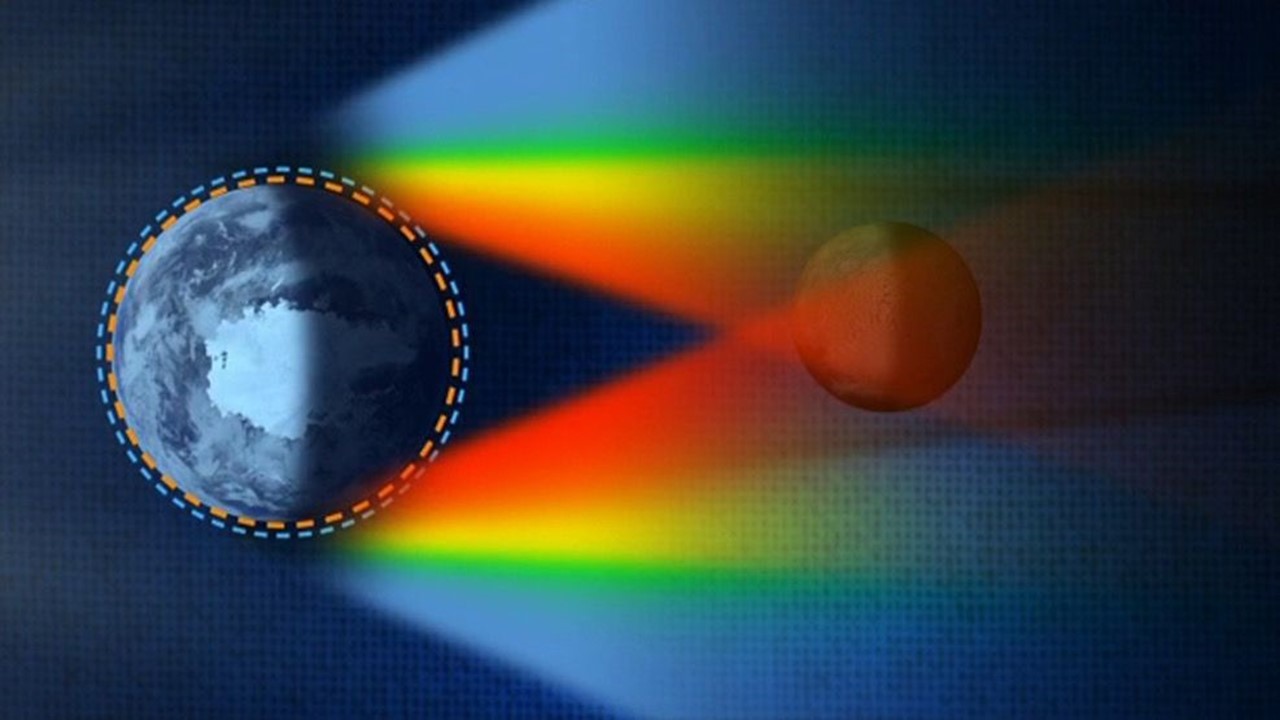The Beaver blood moon, the upcoming celestial event visible to skywatchers from East Asia to North America will be treated to the rare spectacle on Tuesday, weather permitting, as the Earth, moon and sun align to produce a total lunar eclipse for the last time until 2025.
What’s a “Beaver Moon”
"Beaver moon," is a name used for November's full moon adopted by the Old Farmer's Almanac supposedly from Algonquian languages once spoken by Native Americans in the New England territory. When combined with the phenomena of a total lunar eclipse, it is widely referred to as a "Beaver blood moon" in the United States.
Total lunar eclipse
A total lunar eclipse occurs when the Earth casts its shadow completely over a full moon, blocking reflection of all direct sunlight from the lunar orb and dimming the color of the moon to a reddish hue, hence the term "blood moon."
This is only possible when the orbits of the Earth, moon and sun align so that the moon is directly behind Earth relative to the sun. Otherwise, the moon passes above or below Earth's shadow because its orbit around Earth is usually tilted relative to Earth's orbit about the sun.
The Blood Moon
The reddish appearance of the lunar surface - the moon does not entirely disappear from view - is caused by rays of sunlight around the outer edge of the eclipse shadow, or umbra, being filtered and refracted as it passes through Earth's atmosphere, bathing the moon indirectly in a dim copper glow.
The degree of redness depends on atmospheric conditions that vary with levels of air pollution, dust storms, wildfire smoke and even volcanic ash.

So, is it rare?
Total lunar eclipses occur, on average, about once every year and a half, according to NASA. But the interval varies. Tuesday's event will mark the second blood moon this year, following one in mid-May. The next one is not expected until March 14, 2025.
Can I see it?
Tuesday's eclipse will be visible across eastern Asia, Australia, the Pacific and North America. Skywatchers in Asia and Australia will see it with their evening moonrise, while the spectacle will play out for observers in North America in the early morning hours before the moon sets. It will be visible to the naked eye wherever skies are clear in those regions.
Observers in Alaska and Hawaii will have the opportunity to see every stage of the total lunar eclipse.
Tuesday’s celestial event will be at its maximum from 17:33 and run until 17:56 UAE time, lasting for about 23 minutes according to timeanddate.com.
The lunar eclipse will start in India at 17:32 and will end at 18.18 in the evening.

During a lunar eclipse, Earth’s atmosphere scatters sunlight. The blue light from the Sun scatters away, and longer-wavelength red, orange, and yellow light pass through, turning our Moon red. *This image is not to scale. (Credit: NASA)
How long does it last?
The entire eclipse will unfold over a period of nearly six hours as the moon gradually edges into the Earth's paler, outer shadow, its "penumbra," then enters the Earth's darker, inner shadow, or "umbra," before reaching totality and eventually emerging from the other side.
On the West Coast of the United States, the whole display will run from 12:01 a.m. PST until just before 6 a.m., with the total eclipse phase lasting about 90 minutes, peaking at 3 a.m.
-Space/Reuters